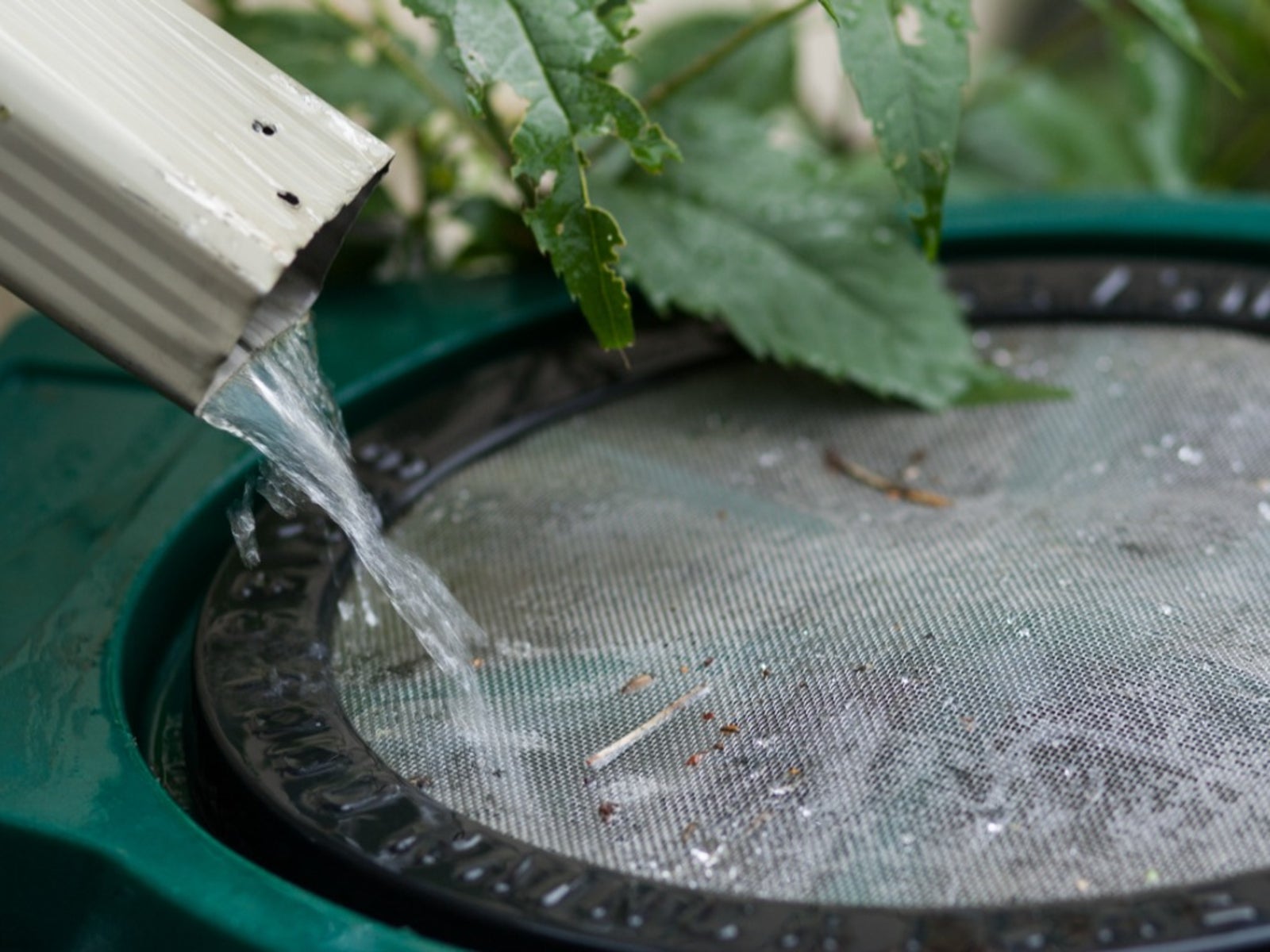Rainscaping Ideas – Learn How To Rainscape Your Garden


Spring storms can sometimes be scary, with their screeching winds whipping the trees around, lightening and heavy torrential rains. However, one of the scariest things about heavy spring storms can be where all that rain goes after it falls to the earth. It rushes down dirty roofs; it washes over dirty city streets, sidewalks, and driveways; washes over yards and fields which have been freshly dosed with pesticides and fertilizers; and then makes its way into our natural waterways, carrying all sorts of pathogens and pollutants with it. It can also make its way into the basement or home, not only costing you a fortune in repairs, but also threatening the health of your family. Rainscaping is an increasingly popular trend in landscaping which offers homeowners a better alternative – “Beautiful solutions to water pollution” as the slogan goes.
How to Rainscape in Your Garden
Rainscaping means using the landscape to redirect, slow, catch and filter storm water runoff. In short, it is a way of repurposing rain water and making it better in the process. Rainscaping techniques can be as simple as redirecting downspouts to water garden beds or collecting water with rain chains or rain barrels. Rainscaping can also involve strategically placing native trees in areas where their roots will soak up excess water or replacing turf with low maintenance groundcovers. The rainscaping needs of your landscape may even call for installing dry creek beds, rain gardens or bioswales. Replacing impermeable surfaces, like concrete patios and sidewalks, and replacing them with flagstone stepping stones or other permeable pavers, or creating green spaces in or around impermeable surfaces, such as driveways or roads, are other rainscaping methods.
Creating Rain Gardens or Bioswales
Creating rain gardens or bioswales is one of the more common rainscaping ideas and is a fun way for flower gardeners to add more blooms to control water runoff problems. Rain gardens are usually placed in low areas where water pools up or in the path of areas of high run off. A rain garden can be any size or shape you choose. They are usually built like bowls to cache the water, with the center of the garden being lower than the margin. In the center, rain garden plants that can tolerate periods of wet feet and have higher water needs are planted. Around these, plants which can tolerate wet or dry conditions are planted up the slope. Around the top edge of the rain garden bed you can add plants which can have moderate to low water needs. Bioswales are rain gardens that are usually shaped in narrow strips or swales. Like rain gardens, they are dug out to catch run off and filled with plants that can tolerate various water conditions. Much like dry creek beds, bioswales are strategically placed in the landscape to redirect water runoff. Dry creek beds can also be softened with certain plants to help absorb and filter rainwater runoff. Simply adding trees or shrubs in areas of high water runoff can also help filter pollutants. Below are some common rainscaping plants: Shrubs and Trees
- Bald cypress
- River birch
- Sweetgum
- Black gum
- Hackberry
- Swamp oak
- Sycamore
- Willow
- Chokeberry
- Elderberry
- Ninebark
- Viburnum
- Dogwood
- Huckleberry
- Hydrangea
- Snowberry
- Hypericum
Perennials
- Beebalm
- Blazingstar
- Blue flag iris
- Boneset
- Wild ginger
- Black eyed susan
- Coneflower
- Cardinal flower
- Cinnamon fern
- Lady fern
- Horsetail
- Joe pye weed
- Marsh marigold
- Milkweed
- Butterfly weed
- Switchgrass
- Sedge
- Turtlehead
Sign up for the Gardening Know How newsletter today and receive a free copy of our e-book "How to Grow Delicious Tomatoes".

Darcy is a former contributor to Gardening Know How. She is a professional landscape designer and gardening writer with experience in plant sales. An avid gardener, Darcy has a passion for sharing practical tips to help others grow.